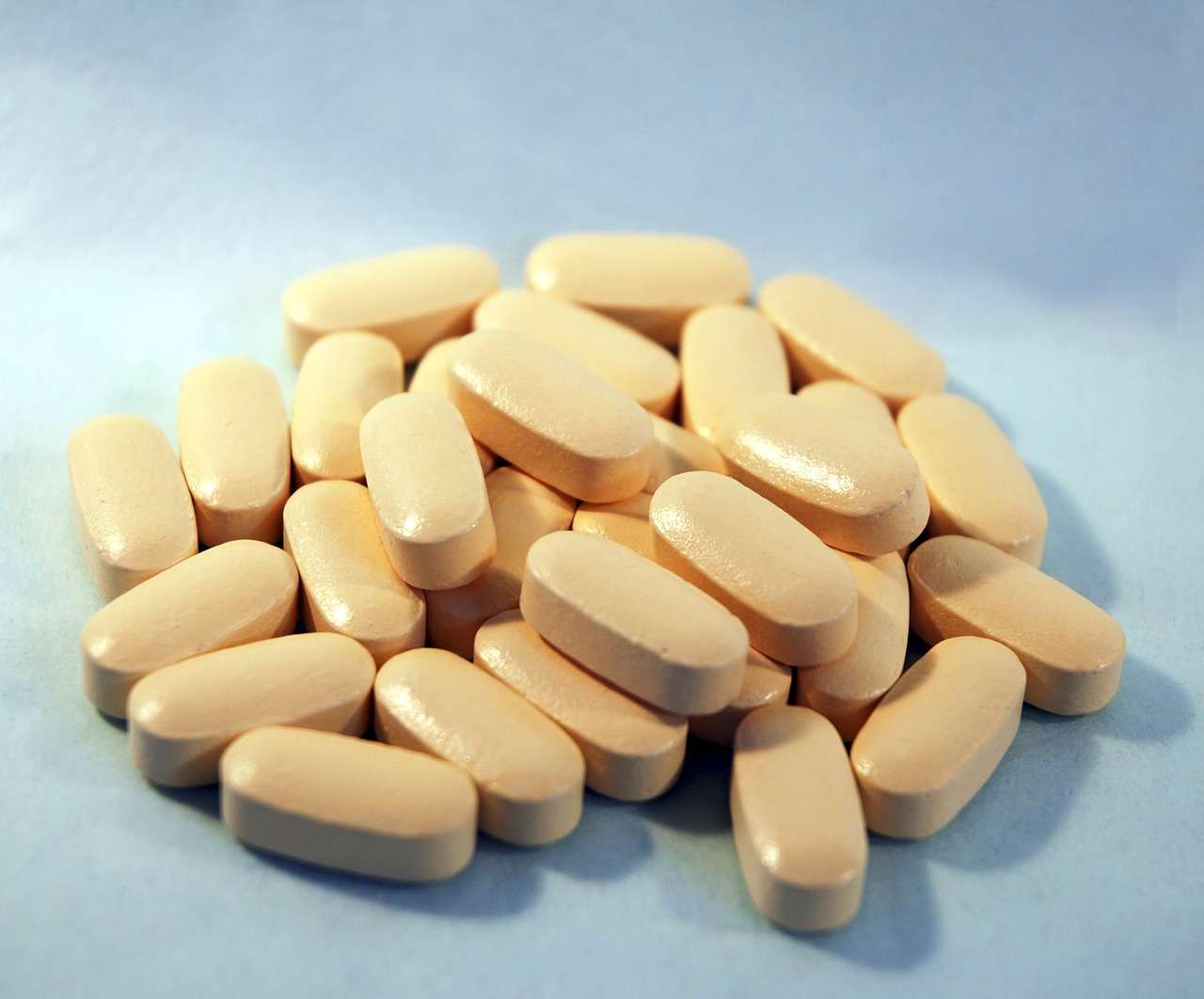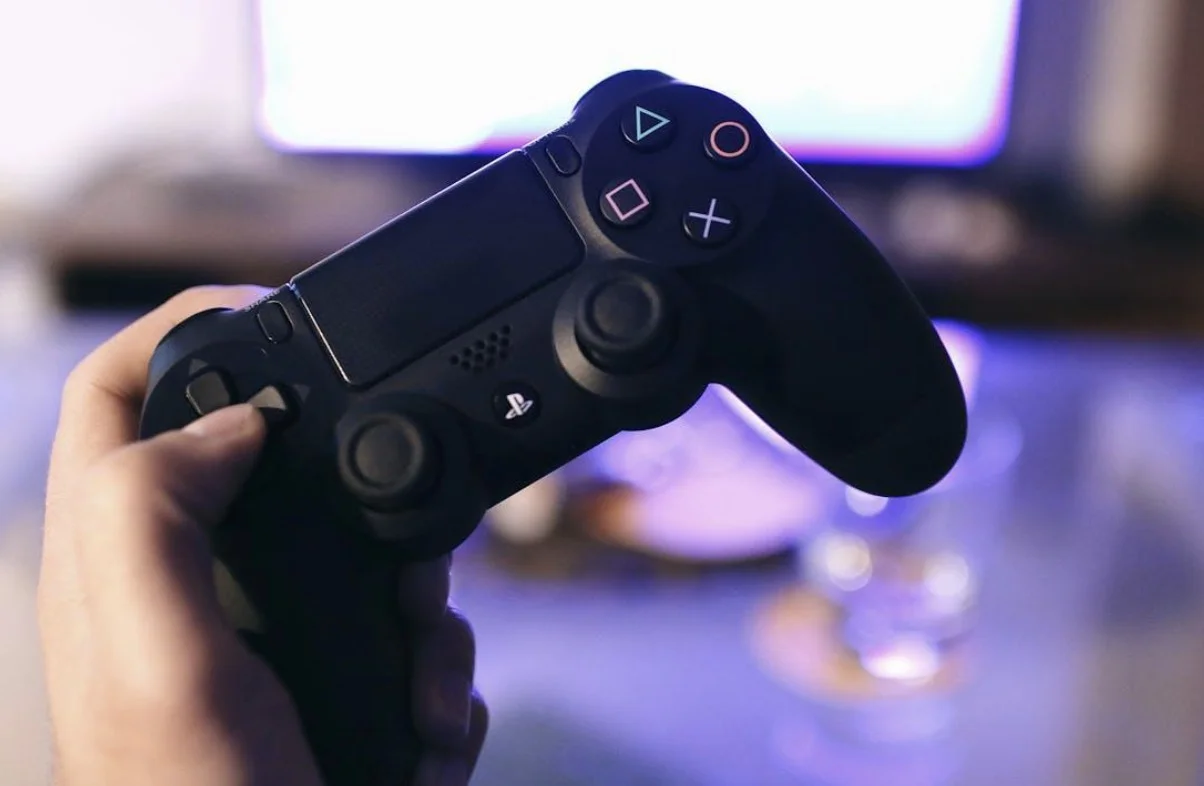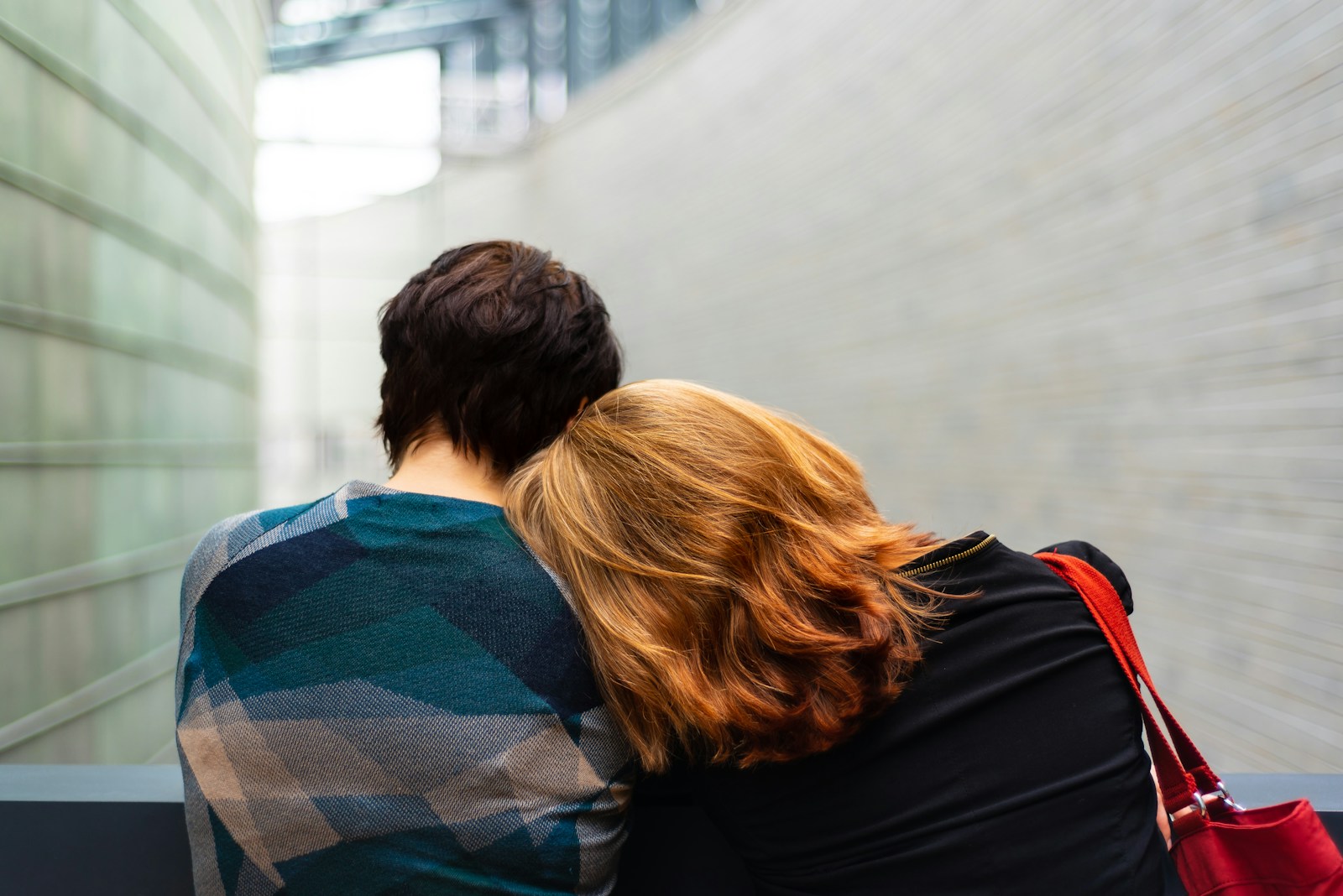Under the drug category of opioids, there are legal pain relievers, like oxycodone codeine and morphine, and illegal drugs, like heroin and fentanyl. These drugs interact with the opioid receptors in the brain and in nerve cells in the body. When legal opioids are taken following a prescription, they are usually safe. However, abusing prescribed opioids and using illegal opioids can lead to addiction.
AION and similar organizations are designed to help individuals who are battling opioid addiction. When a holistic approach to treatment that is aimed at total healing is used, long-term recovery from opioid dependency is possible. It’s possible for people to live high- quality lives post-addiction.
What Are Opioids Taken for?
Opioids have been used for centuries as a way of treating chronic pain. They have been viewed as standard care around the globe.
Today, doctors still prescribe opioids, like oxycodone and morphine, to help people who are experiencing moderate-to-severe pain. They often prescribe opioids after surgery, to help individuals who are dealing with health conditions that cause pain, and in response to an injury.
Even when used responsibly, opioids carry the risk of addiction and overdose. Patients who use opioids might develop a tolerance to the medication. This could require them to take a higher dose of the medication to receive the same level of pain relief they received when taking the medication at a lower dose.
Physical dependence on opioids means that an individual depends on the substance to the point that when they try not to use it, they experience nausea, confusion, an increase in their pain, depression, sleepiness, and dizziness. Opioids are considered to be an important part of treatment, but they carry risks. Patients must work with their physicians to make sure they are getting the highest quality care.
What Makes Opioids Addictive?
Opioids are dangerous in that anyone can become addicted to them. There is research that shows that with as little as three days of treatment, a person can be on the road to chronic overuse. It just takes a little of an opioid to cause a person to lose so much.
Opioids bind to opioid receptors in the brain and on cells throughout the body. These cells are responsible for feeling pleasure and pain. When opioids attach to these receptors, they block pain signals being sent from the brain.
The body then produces an enormous amount of dopamine that is sent throughout the body. This dopamine production reinforces the act of taking the drug. This makes a person want to repeat the experience of taking the drug, making it addictive.
In the short term, opioids make people feel happy and relaxed. When overused, they can lead to confusion, euphoria, drowsiness, slowed breathing, and nausea. Misuse of opioids can lead to hypoxia, which could produce long-term or short-term effects. Researchers are studying whether the effects of addiction to opioids on the brain can be reversed. Prescription opioids and heroin share many similarities chemically and can produce the same high. Opioid addiction is a chronic disease. It causes an uncontrollable compulsive desire to get the drug. People who are addicted to opioids will strive to get the drug regardless of the negative consequences.
While it is best to avoid opioid dependency, individuals who are battling with it can get assistance. In many cases, opioid addicts are able to break free from their addiction and get back to living a full life.






